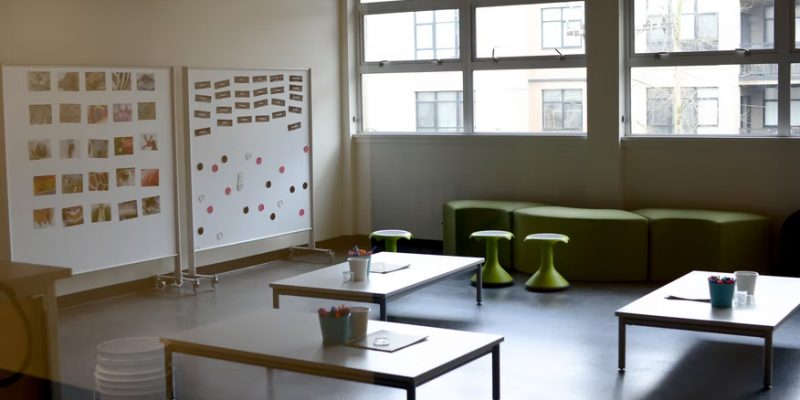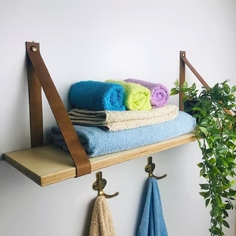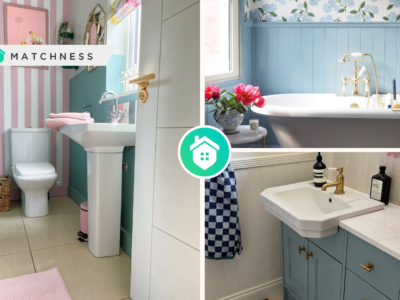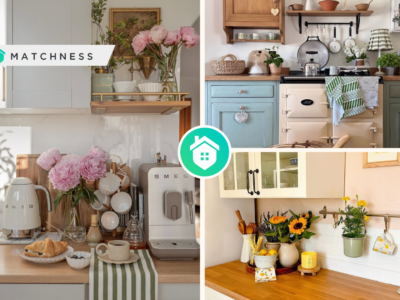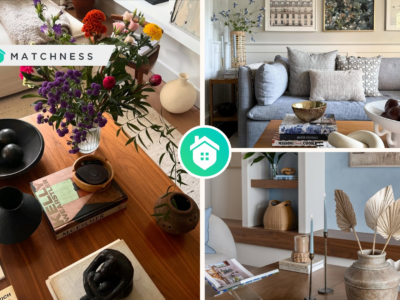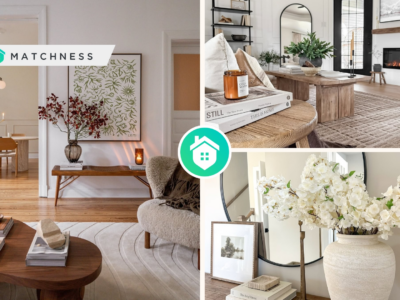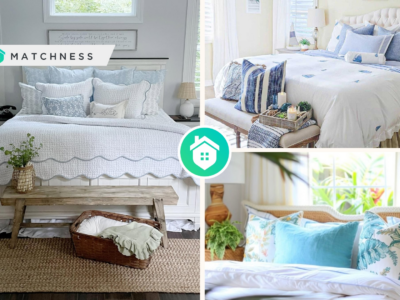When it comes to learning, we all have different preferences. Some students prefer a quiet and isolated environment while others do well in a more bustling and interactive setting. The key to creating a good learning environment is catering to as many of these preferences as possible. If you are an educator looking to create a better learning experience for your students, heed these 8 interior design tips:
Strategically Place Furniture
One of the most important things to consider when arranging your furniture is how you will use the space. You should think about how you want people to move around the room and how much space each person will need. You also need to make sure that there is plenty of space for people to work on their tasks. This is especially important if you are designing a new classroom or office. If you are not sure how to install classroom furniture, so it best conforms to the needs of students or employees, be sure to consult with a specialist. To maximize space, you can use furniture that has multiple purposes like a desk that also functions as a storage unit or a chair that can be used as a table.
Use Natural Lighting
It’s important to use natural lighting in your space because it has been shown that the color temperature of artificial light can have a significant impact on how you feel. Using natural lighting will help you create a better atmosphere and reduce eye strain. It also provides the best possible light for reading, which is why many experts recommend keeping lamps or other sources of artificial light in low-level positions rather than right next to your desk where they might be distracting. This way, you can adjust the brightness as necessary without having glare from the light sources. If you must use artificial lighting sources try, to use light bulbs with a low color temperature of 2700 Kelvin or less.
Get Rid of Clutter
It’s been shown that having clutter in your environment can lead to decreased productivity and increased stress levels. This is because when you’re surrounded by too much visual information, your brain has to work harder to process it all. To minimize distractions and create a more calming space, try to get rid of as much clutter as possible. One way to do this is by implementing storage solutions like shelves, cabinets, and bins so you have a place to put everything. You might also want to consider using a desk with drawers or storage compartments beneath it so you can keep your work surface clear.
Use Color to Create a Mood
The color of your walls and furniture can have a significant impact on your mood and productivity. That’s why it’s important to choose colors that will support the type of environment you want to create. For example, if you want to create a calm and relaxing space, you might want to use light blues or greens. If you need a more energetic space, bright yellows or oranges could be a good choice. You can also use color to reflect the type of activity that is happening in the room. For instance, if you are looking into remodeling a biology classroom, you might want to paint the walls green to reflect the color of nature and perhaps match the plants in the room.
Use Plants to Purify the Air
Plants are not only good for adding decoration to a room, but they can also improve the air quality. This is because plants absorb toxins from the air and release oxygen. This is particularly important in spaces like classrooms and offices where people are often breathing in polluted air. You can use plants to purify the air in your space by placing them near windows so they can get plenty of sunlight or by using an air purifier that has a plant component. This will help people who suffer from different allergies and asthma. The air we breathe in can have a significant impact on our productivity, so it’s important to make sure that the air in your space is as clean as possible.
Pay Attention to Room Size
One of the most important things to consider when designing your learning environment is how much space you have to work with. You need to make sure that there is enough space for people to move around and that each person has their own space. If the room is too small, people might feel cramped and uncomfortable. If it’s too large, people might feel lost and disconnected. It’s important to strike a balance between these two extremes. When designing a new classroom or office, be sure to consult with a specialist who can help you make the most of the space you have available.
Use Technology to Enhance the Space
Technology can be a great way to enhance a learning environment. You can use technology to help people learn new concepts, display information, and connect with others. There are many different types of technology that can be used in a classroom or office setting. Some examples include interactive whiteboards, projectors, computer labs, and audio/visual equipment. If you are not sure how to best use technology to support your learning environment, consult with a specialist who can help you get the most out of your space.
Create a Personalized Space
One of the best ways to improve a learning environment is to make it feel like home. This can be done by creating a personalized space for each person. You can do this by using different colors, textures, and materials in their area. You can also use pictures, quotes, or other personal items to make people feel more connected to their space. When people feel comfortable and connected to their space, they are more likely to be productive and learn new things.


